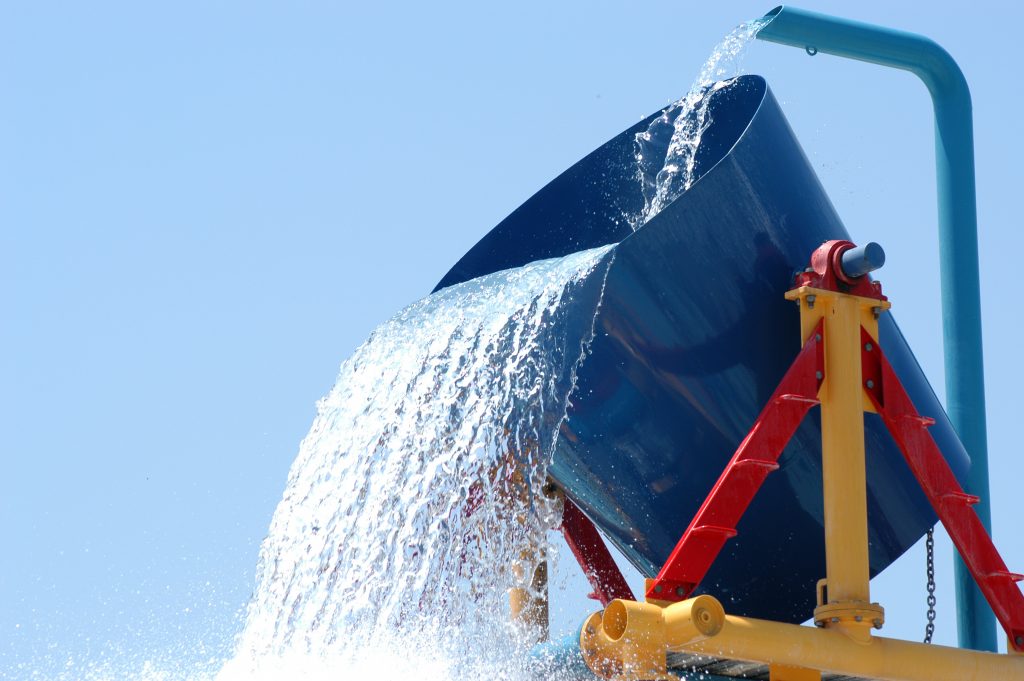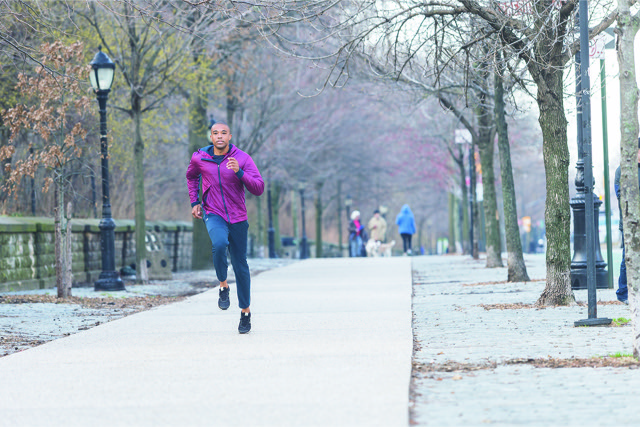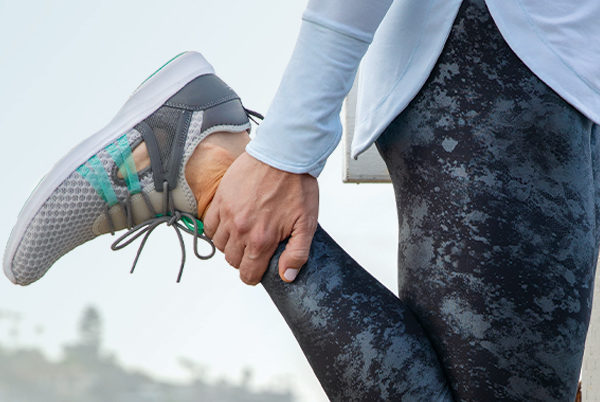
Have you ever set out to accomplish a wellness resolution, only to be sidelined by an injury? Aaron Dooley, Board Certified Pedorthist (CPed) at our Roseville store, explains how proper footwear and a training plan can help you avoid the most common training injuries.
Already Prone to Training Injuries? The Bucket Analogy
The majority of resolution-related injuries we see at Schuler Shoes have one common cause: overuse. “It basically comes down to people trying to do too much, too soon,” says Aaron. And that’s a problem. Let us explain.

Aaron likes to use a water bucket analogy to illustrate how overuse injuries happen in our bodies. Before starting a training program, we all have physical risk-factors that fill our bucket to a certain point. These include our:
- Body’s natural alignment
- Gait patterns
- Muscular strength
- Tissue flexibility
Once we finally unwrap that exercise DVD or attend the group class our friend’s been inviting us to, the following training variables further fill our bucket: distance, duration, intensity, and frequency.

You know that a bucket can only hold so much before overflowing. In the same way, our bodies can only handle so much stress from the above factors before it’s too much and—presto! We get an overuse injury.
Most Common Overuse Injuries
How do you know you have an overuse injury? You’ll experience discomfort that intensifies over time. Three of the most common symptoms we see in our stores are a sharp pain in the side of the knee that gets worse while walking down the stairs or hills (“Runner’s Knee”), pain in the front of the knee that gets worse with bending (Patellofemoral Syndrome), or a sharp pain in the heel that flares up after your first steps out of bed (Plantar Fasciitis).
Avoid Overuse Injuries: Proper Footwear
If you have biomechanical issues like an ankle that rolls in too much when you run (over-pronation), your chances of developing an overuse injury once you start training are much greater since your body has to overcompensate. The great news? This overcompensation can be corrected with footwear and accessories like over-the-counter orthotics.
Beyond correcting overcompensation, the proper footwear and orthotics can train specific muscles to help you avoid overuse injuries. We recommend you have skilled professionals, like our team of CPeds and Fit Specialists, fit you with equipment that works best for your feet, your biomechanics, and your training goals.
Remember the bucket analogy? Once you’re in the right equipment, those biomechanical factors get taken out of your injury-risk “bucket” and you’re halfway to setting yourself up for training success.
Avoid Overuse Injuries: A Training Plan

Doing too much too soon is the most common way people overflow their injury-risk “buckets”. That’s why having a training plan* is an equally important part of avoiding an overuse injury. Aaron says a training plan should include stretching, proper pacing, cycles of rest and recovery, and an understanding of what muscles need to be strengthened. Aaron gives our customers the following advice for keeping a balanced training approach:
Your goals should be centered around a lifestyle change or adjustment. Be realistic with your goals and design a plan that works with your lifestyle and it’s demands.
Need some help putting together a training plan? The following are links to some of Aaron’s favorite training resources:
This year, let’s put our best foot forward with the proper footwear and a balanced training approach. Here’s to getting the most out of our wellness goals! What are your wellness goals this year? We’d love to hear from you in the comments below.
*All training plans should be supervised by a health professional. Before embarking on a new training program or revving up your current program, make sure to consult your doctor.
Schedule your free advanced foot evaluation with Aaron Dooley and the rest of our in-store CPeds here.



